Cactus and Succulent Plants: An Overview
Cactus and succulent plants represent a diverse category of flora that has adapted to thrive in arid conditions. These plants are characterized by their ability to store water in their leaves, stems, or roots, which allows them to survive in environments where water is scarce. The cactus garden aesthetic, with its variety of shapes, sizes, and textures, has become a popular element in both indoor and outdoor design.
Types and Varieties
The range of cactus and succulent plants is vast, with species like the Indian fig cactus and barrel cactus offering unique visual appeal. Other varieties such as the pencil cactus, euphorbia trigona, and euphorbia tirucalli are known for their distinctive growth patterns and are often used as focal points in arrangements. The flowering cactus category adds a splash of color to collections, with blooms that open at various times of the year, including the easter cactus and thanksgiving cactus.
Practical Applications
Beyond their ornamental use, cactus and succulent plants serve practical purposes. They are ideal for those with busy lifestyles or limited gardening space. Artificial varieties of these plants, such as faux monkey tail cactus or fishbone cactus, provide the same visual interest without the need for maintenance. These artificial plants are perfect for areas with insufficient light or for individuals with allergies to live plants.
Features and Maintenance
Real cactus and succulent plants require specific conditions to flourish, such as well-draining succulent soil and ample sunlight. However, their artificial counterparts offer ease of care, being free from the requirements of watering, pruning, or repotting. This makes them a convenient option for adding greenery to spaces without the ongoing commitment to plant care.
Material and Design Advantages
The materials used in creating artificial cactus and succulent plants have evolved, with designs that mimic the real plants' textures and colors. These faux plants can be so lifelike that they are often mistaken for the real thing. They are crafted to withstand outdoor elements, making them suitable for garden spaces where real plants might not thrive.
Environmental and Health Considerations
For those concerned with environmental allergies, artificial cactus and succulent plants offer a hypoallergenic alternative to live plants. They eliminate the pollen and spores that can cause allergic reactions, making them a safe decor choice for both homes and offices. Additionally, they contribute to a greener environment by requiring no pesticides or fertilizers, which can be harmful to the ecosystem.

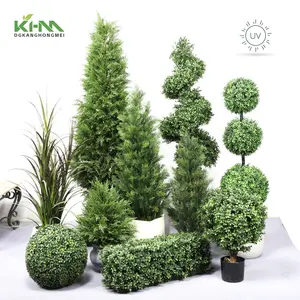
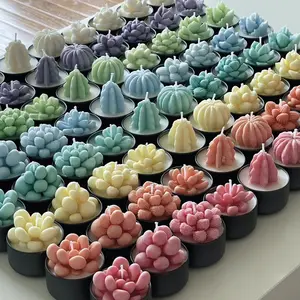





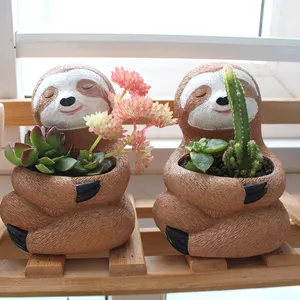

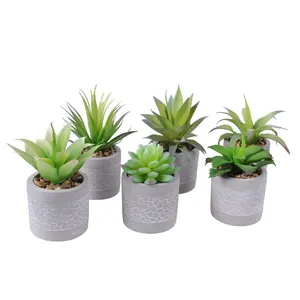
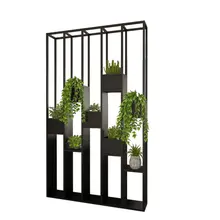





























 浙公网安备 33010002000092号
浙公网安备 33010002000092号 浙B2-20120091-4
浙B2-20120091-4